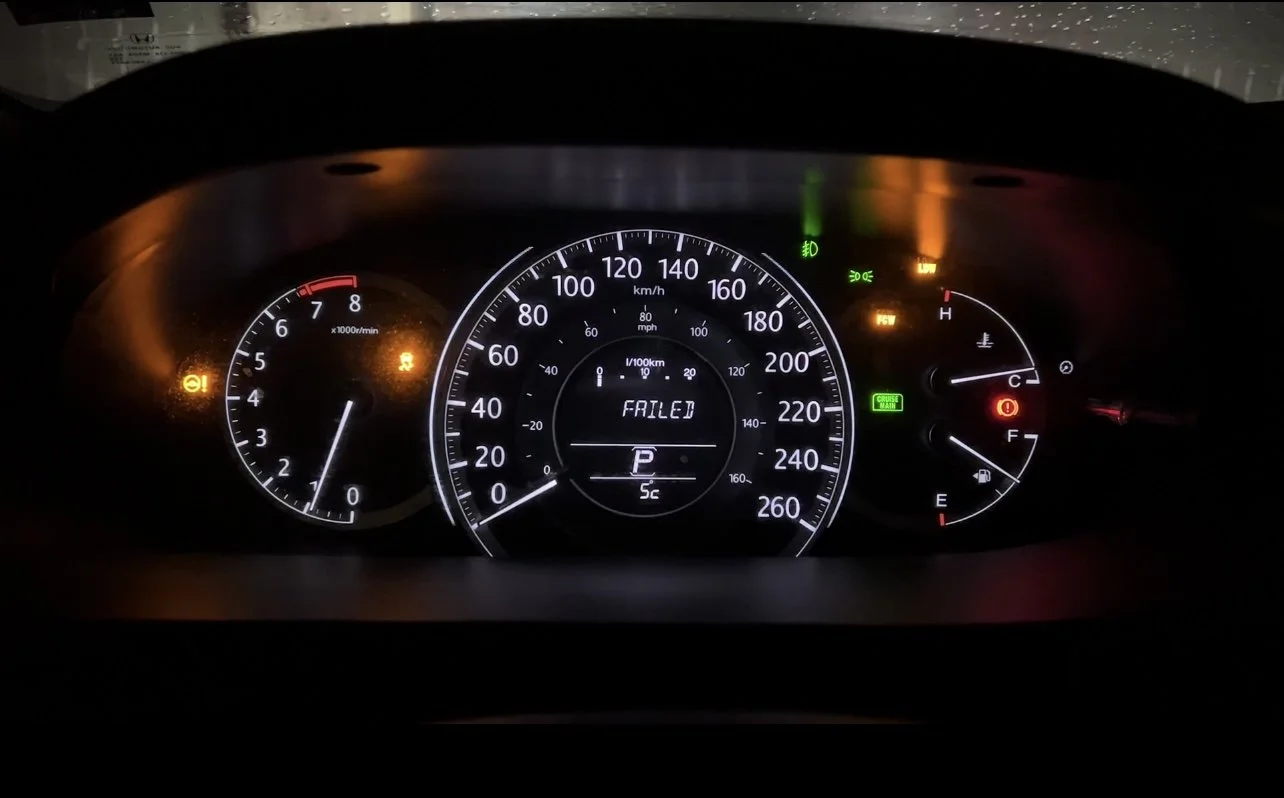The Forward Collision Warning (FCW) system is a critical safety feature designed to prevent accidents by alerting drivers to potential collisions. However, encountering the “FCW system failed” warning can be concerning for drivers who rely on this technology for enhanced safety. This article will explore the meaning of the FCW system, the common causes behind its failure, and actionable steps to address this issue.
What Does the FCW System Do?
The Forward Collision Warning system utilizes sensors, cameras, and advanced algorithms to monitor the road ahead. It detects obstacles, such as vehicles or stationary objects, and alerts the driver of potential collisions. Some advanced systems may even integrate with automatic braking to prevent accidents.
Key benefits of the FCW system include:
- Enhanced reaction time: Alerts drivers to threats earlier than they might notice otherwise.
- Reduced rear-end collisions: Plays a vital role in mitigating accidents in stop-and-go traffic.
- Increased safety for passengers and pedestrians: Helps drivers avoid high-risk situations.
When the “FCW system failed” warning appears, these benefits are compromised, leading to potential safety risks.
Causes of the ‘FCW System Failed’ Error
There are several reasons why the “FCW system failed” message might appear. Understanding these causes can help drivers diagnose and resolve the problem efficiently.
1. Sensor Malfunction
The FCW system relies on sensors located at the front of the vehicle. Dirt, debris, or physical damage can interfere with sensor operation, leading to a system failure.
2. Software Glitches
Modern vehicles depend on sophisticated software to control safety systems. Bugs or outdated software can trigger a false “FCW system failed” warning.
3. Camera Obstruction
Cameras are integral to detecting obstacles. A dirty or misaligned camera may result in system errors.
4. Electrical Issues
Problems with the vehicle’s wiring or power supply can disrupt the operation of the FCW system.
5. Adverse Weather Conditions
Rain, snow, or fog can impair sensor and camera functionality, causing temporary system failures.
6. Calibration Issues
If the system has recently been serviced or replaced, it may need recalibration to function correctly.
How to Fix the ‘FCW System Failed’ Issue
Addressing the “FCW system failed” warning involves troubleshooting and, in some cases, seeking professional assistance. Here’s a step-by-step guide:
1. Clean the Sensors and Camera
Start by inspecting and cleaning the sensors and camera. Use a soft cloth and gentle cleaning solution to remove dirt or debris. This is often the simplest solution for restoring functionality.
2. Check for Software Updates
Visit your vehicle manufacturer’s website or contact a dealership to ensure your car’s software is up to date. Installing the latest updates can resolve software-related issues.
3. Inspect for Damage
Check the front bumper and windshield for any visible damage to sensors or cameras. If damage is found, professional repairs may be necessary.
4. Recalibrate the System
Some vehicles require recalibration of the FCW system after maintenance or adjustments. Refer to the owner’s manual or consult a certified technician for recalibration procedures.
5. Address Electrical Problems
If you suspect electrical issues, such as loose connections or a drained battery, consult an auto electrician to diagnose and fix the problem.
6. Drive in Better Weather
If the warning appears during adverse weather, wait until conditions improve to see if the system resumes normal operation.
Preventing Future ‘FCW System Failed’ Warnings
Prevention is always better than cure. Here are steps to ensure your FCW system operates smoothly:
- Regular Maintenance: Schedule periodic checks for your vehicle’s safety systems, including the FCW.
- Keep Sensors Clean: Regularly clean the sensors and cameras to prevent dirt buildup.
- Avoid Aftermarket Modifications: Unapproved modifications to the front of your vehicle can interfere with the FCW system.
- Be Mindful of Weather: During extreme weather conditions, understand that the system might not function optimally.
Is It Safe to Drive When the ‘FCW System Failed’ Warning Appears?
The “FCW system failed” warning means that your vehicle’s Forward Collision Warning system is not operational. While you can still drive the car, it is essential to exercise extra caution as you lose the added safety net provided by the FCW.
Frequently Asked Questions About FCW System Failure
1. What does ‘FCW system failed’ mean?
The “FCW system failed” warning indicates a malfunction in the Forward Collision Warning system, which may be caused by sensor issues, software glitches, or environmental factors.
2. Can I fix the ‘FCW system failed’ issue myself?
Yes, in some cases. Cleaning sensors and cameras, updating software, or addressing visible damage can resolve the problem. However, professional help is recommended for complex issues.
3. How much does it cost to repair the FCW system?
Repair costs vary depending on the cause. Sensor cleaning is inexpensive, while replacing damaged sensors or cameras can cost several hundred dollars.
4. Will the FCW system reset itself?
In some cases, the system resets automatically after the underlying issue is resolved. If the warning persists, manual recalibration or professional intervention may be needed.
Conclusion
The FCW system failed warning can be unsettling, but with the right knowledge and proactive steps, you can address the issue effectively. Regular maintenance and proper care of your vehicle’s safety systems will minimize the chances of encountering such problems in the future. If you’re unsure about any aspect of the repair process, always consult a certified technician.
